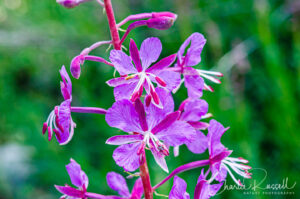
The Truckee Donner Land Trust manages several properties in the Lake Tahoe area, and in late July 2020 we decided to try one we haven’t visited yet, Cold Stream Meadow. This is on the way to Mt Lola, which is a popular trail (but much longer than I can handle). We found a wide variety of native summer wildflowers along the way, even this late in the season.
Unfortunately, for a variety of reasons, we didn’t actually make it to the actual Cold Stream Meadow. One reason was some bad information (it was farther away than I expected), another reason was that there were so many wildflowers to photograph along the way, we just ran out of time!
We’ve done other hikes on Truckee Donner Land Trust properties, such as Elizabethtown Meadows and Carpenter Valley.
The Flowers
Here’s a sample of a few of my favorites from this hike (click on the image to see a larger view).
Lettuce wirelettuce – seems like a redundant name? It isn’t an uncommon flower, but I’ve not come across it before. The blossoms are about the size of my thumbnail, and we found them in several spots along the trail.
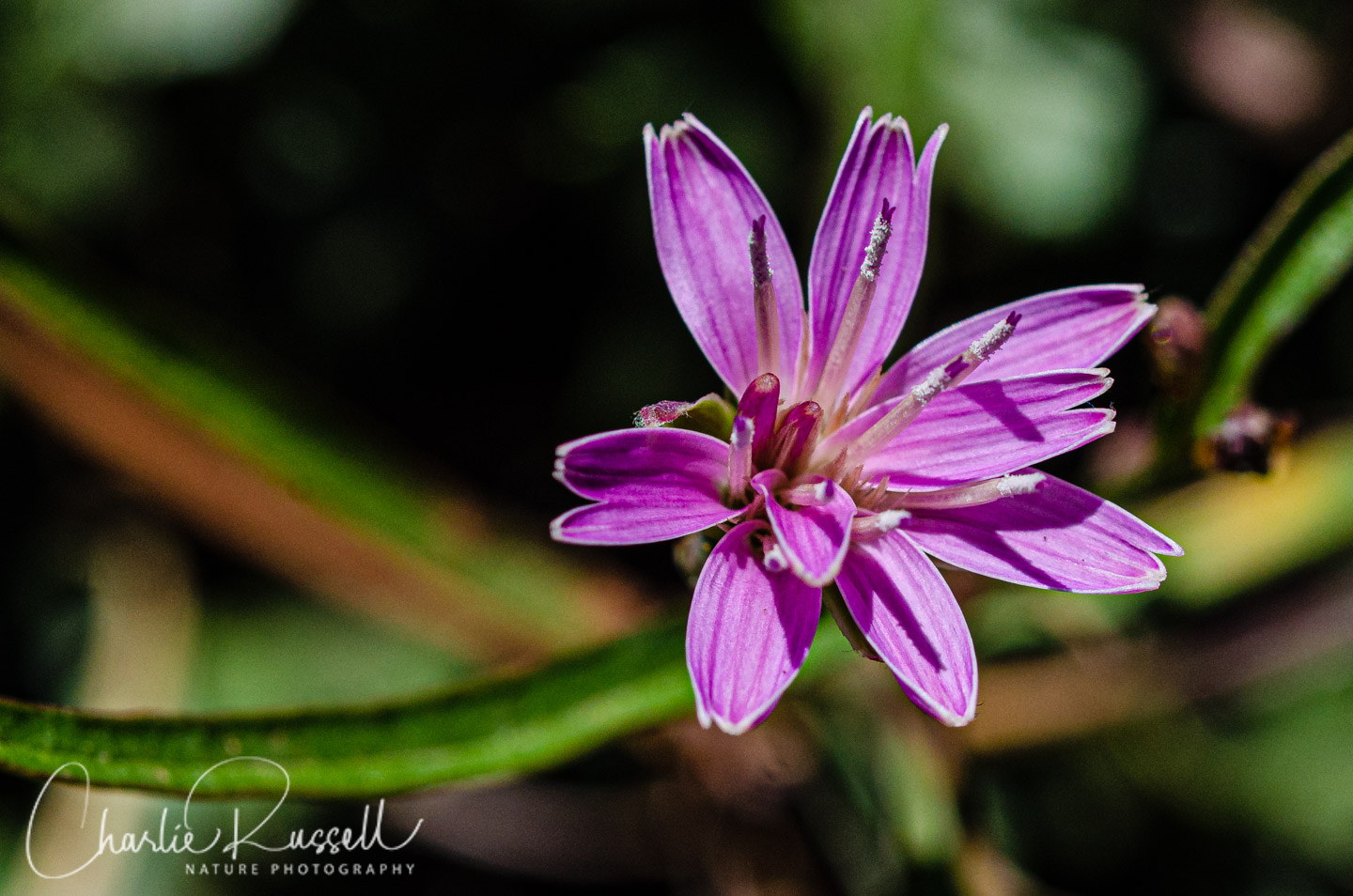
I get really excited when I find Columbian monkshood, it is such an interesting and beautiful flower. Tough to get a good photo of it, though, because of the shape. We found quite a few of these in places where the trial took us along the stream.

We found several species of Delphinium along the hike, including this Sierra larkspur. Delphiniums can be hard to identify to species.
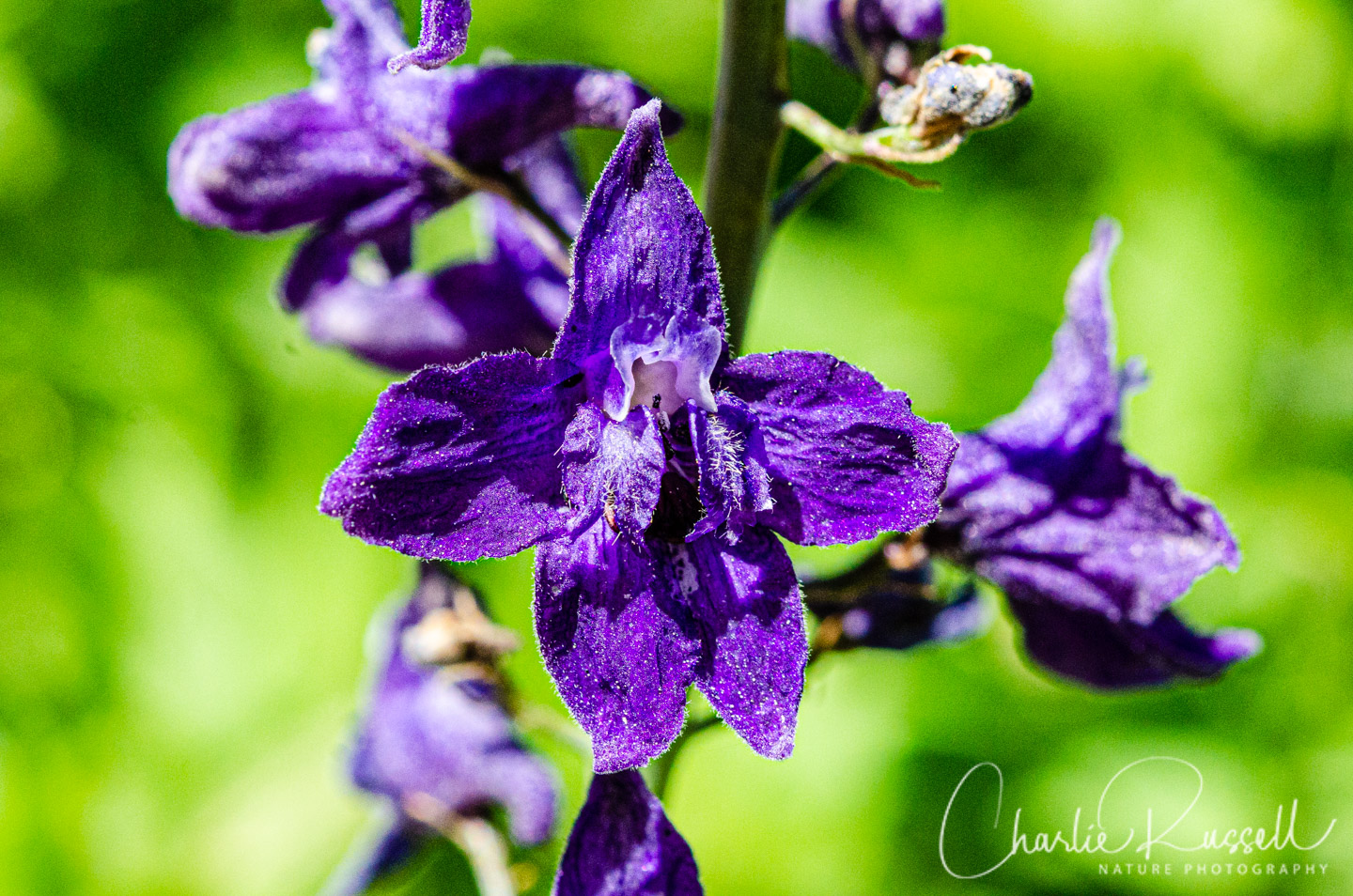
Four different species of Monkeyflower! Three yellow ones, and a patch of this wonderful California blushing monkeyflower. This was a good year for this species, we came across this in quite a few of our hikes.

My favorite California native wildflower genus is Calochortus. We were lucky to find some on this hike – a friend who hiked here about the same time missed them.
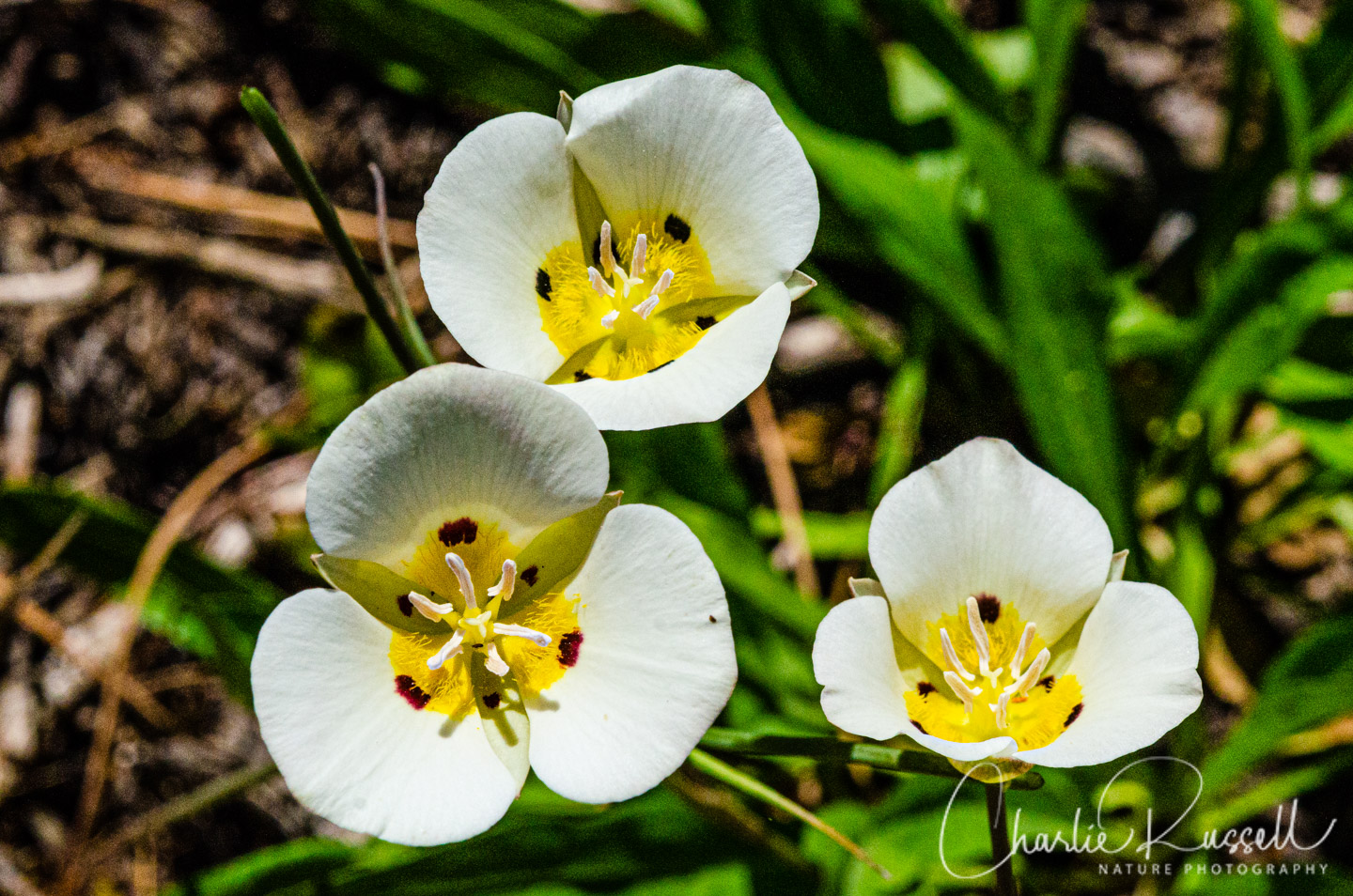
If you click on lightbox image below you will be able to scroll through all of the plants (and other things) that we found on this hike. All photos are available for purchase in a variety of formats.
The Hike
The hike we took was about 6 miles round trip, out and back. The grade was a bit steep in places, without a lot of breaks, but it isn’t too difficult. You climb about 1000′ in three miles, and if you continue on you will gain a lot more. Since it was late July, the lower sections were a bit hot, and there isn’t a lot of shade. There weren’t a lot of wildflowers early on, but when you get a bit higher it was quite rewarding.

About a mile in the trail comes close to Cold Stream. At first you are up the hillside from the stream, but eventually you get closer.
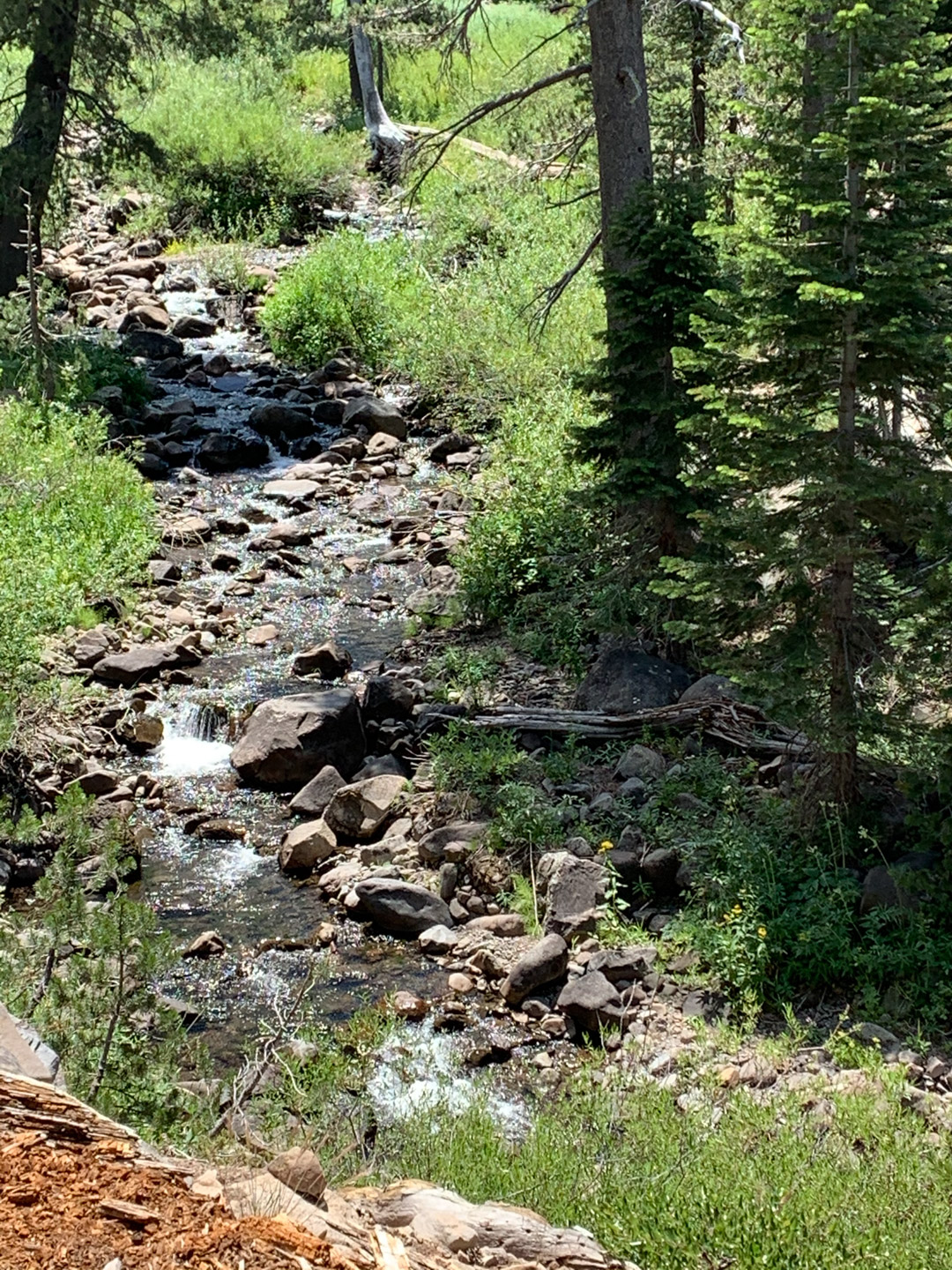
There are some forest service roads in the area, and roughly 2 miles in the trail meets one. I highly recommend staying on the trail as it veers off to the right, because this section is where we found a small meadow that was loaded with wildflowers. I actually thought that this was Cold Stream Meadow, it was so nice! But it wasn’t…
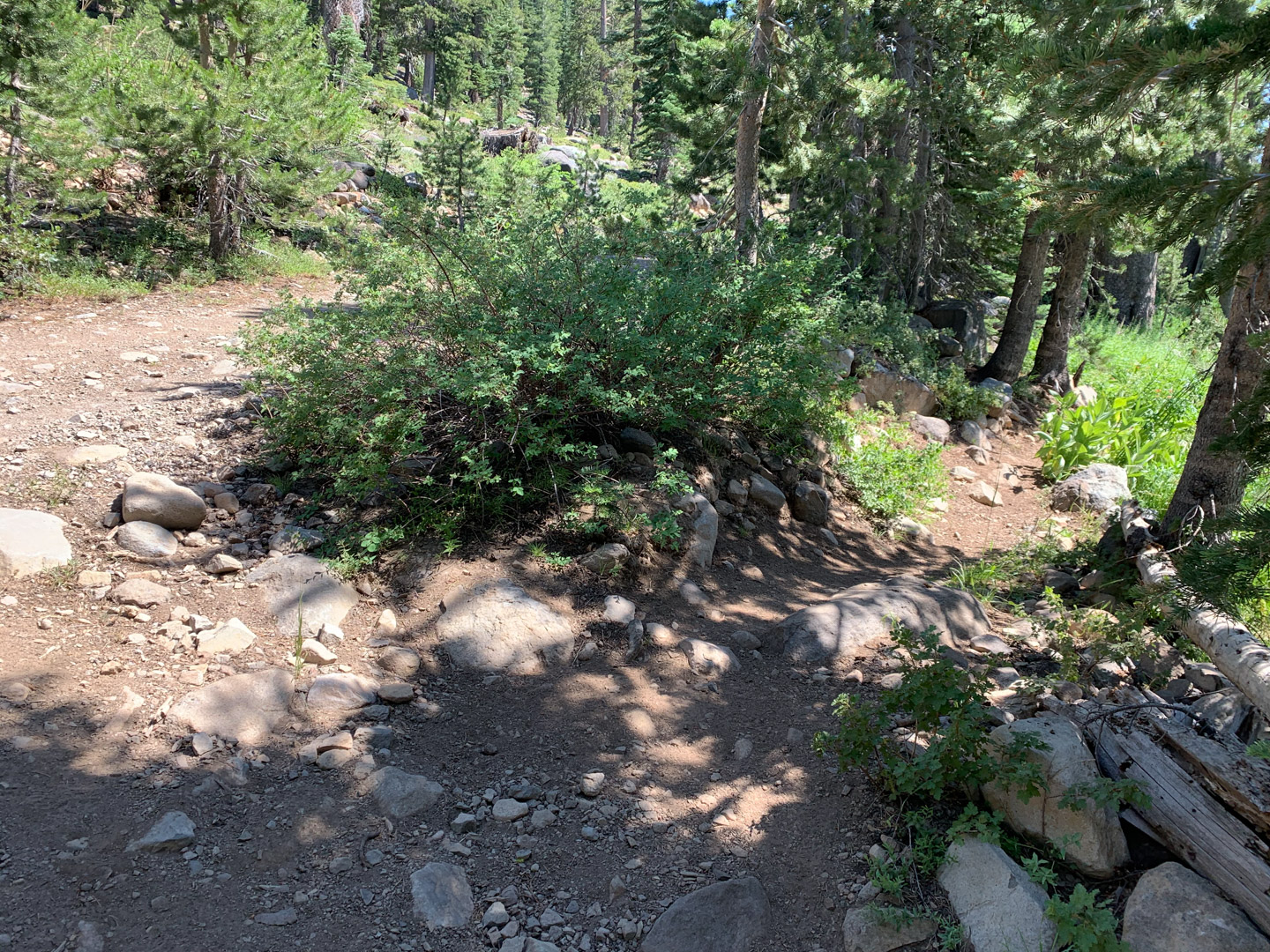
At the three mile mark the trail crosses Cold Stream. In late July it is easy to cross, I wonder how easy it is earlier in the year? We spent some time looking along the stream here, and there were wildflowers that we hadn’t come across at lower elevations. Sierra bog orchid, Brook saxifrage, the four species of Monkeyflowers, and more.
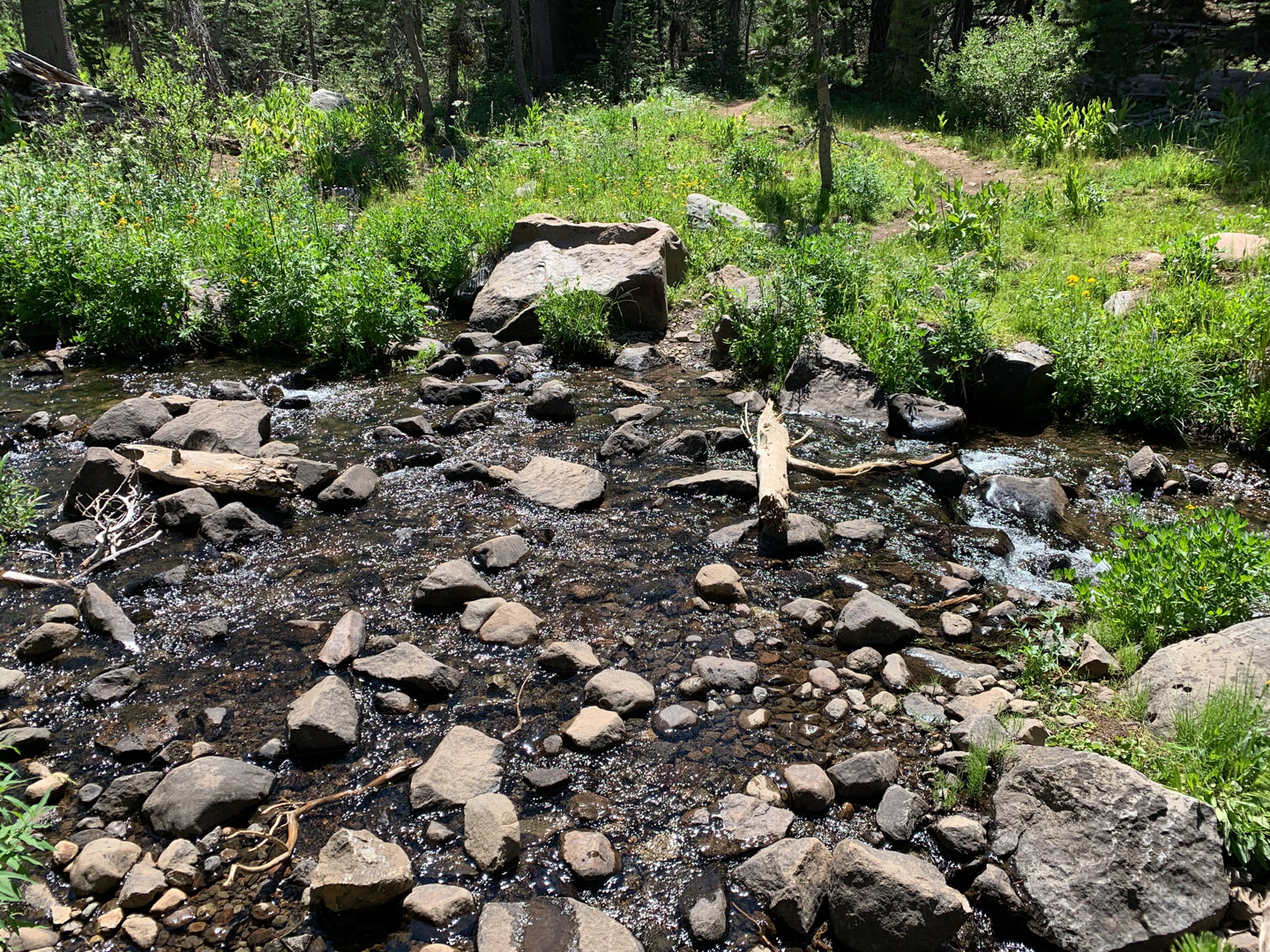
By this point we were running out of time (and energy, we weren’t acclimated to the altitude) so we turned back. I did spend some time looking around on the other side of the stream, and the trail is a bit confusing there. It looked like it was heading up the mountain steeply, and I didn’t want to continue on to Mt Lola (the summit is another 3 miles further on). Later I realized that after a short uphill section, the trail should split, with one part heading steep up hill and another part heading back to the stream. I figure that Cold Stream Meadow was less than a mile further up stream. We’ll try reaching it again another year, I hope!
Here’s the track that we followed:
Cold Stream Meadow
Profile
Move your mouse along the elevation graph to show the location on the map. The Refresh icon will re-center the map. The Expand icon will expand to full screen.
Directions
I often use Google Maps to get me to a trailhead, but this is one of those cases where you do NOT want to use that app. Google directions will get you there, but they will direct you down a very rough dirt road. There is a better way! I used the the directions on the Truckee Donner Land Trust website.
From Interstate 80 in Truckee, drive north on Highway 89 approximately 17 miles to Jackson Meadows Road and turn left. Drive about 1.5 miles to a left turn marked “Independence Lake Road”. Turn left onto this graded dirt road, cross the bridge over the Little Truckee River, and proceed to the first right turn (0.8 mi from Jackson Meadows Rd). This unsigned road is Henness Pass Rd. In just over 3 miles, the Mt. Lola trailhead parking area is on the left.
Timing is Everything
We hiked in late July 2020 and there were very few people on the trail. It was late for many wildflowers, but the later season ones were doing quite well. The lower section was dry and dusty, most wildflowers had gone to seed. However, higher up, it was nicely shaded and there were quite a few interesting wildflowers.
This should be a good hike any time from late May through August. You may find that the stream is hard to cross early in the season.
Bring insect repellent, there were some annoying flies that were biting. A few mosquitoes, but not bad during midday when we were hiking.
One of the great things about this hike is that there were very few non-native plants on this hike!
Cold Stream Meadow Wildflower Listing
Here’s a listing of the native plants that we found on this visit. I don’t have pictures of all of these in the gallery, as many that I took are low resolution pictures using my phone camera (I use those for iNaturalist observations). “nif” means “not in flower”.
- Arnica sp.
- Arrowleaf ragwort, Senecio triangularis
- Austin’s woodbeauty, Drymocallis lactea var. austiniae
- Brewer’s angelica, Angelica breweri
- Brewer’s aster, Eucephalus breweri
- Brook saxifrage, Micranthes odontoloma
- Brown’s peony, Paeonia brownii (nif)
- California blushing monkeyflower, Erythranthe erubescens
- California Jacob’s Ladder, Polemonium californicum (nif)
- Columbian monkshood, Aconitum columbianum ssp. columbianum
- Common cowparsnip, Heracleum maximum
- Common Yarrow, Achillea millefolium
- Coulter’s fleabane, Erigeron coulteri
- Coyote mint, Monardella sp.
- Currant, Ribes sp. (nif)
- Feathery false lily of the valley, Maianthemum racemosum
- Fendler’s meadow rue, Thalictrum fendleri
- Fireweed, Chamerion angustifolium
- Fringed willowherb, Epilobium ciliatum
- Gray’s lovage, Ligusticum grayi
- Horsetail, Equisetum sp.
- Leichtlin’s mariposa lily, Calochortus leichtlinii
- Lettuce wirelettuce, Stephanomeria lactucina
- Little prince’s pine, Chimaphila menziesii
- Mahala Mat, Ceanothus prostratus (nif)
- Meadow larkspur, Delphinium nuttallianum
- Musk monkeyflower, Erythranthe moschata
- Naked buckwheat, Eriogonum nudum
- Nettleleaf giant hyssop (aka Horse mint), Agastache urticifolia
- Pedicularis sp. (probably Warrior’s plume, Pedicularis densiflora) (nif)
- Pinemat manzanita, Arctostaphylos nevadensis (nif)
- Primrose monkeyflower, Erythranthe primuloides
- Quaking aspen, Populus tremuloides (nif)
- Ranger’s buttons, Angelica capitellata
- Rush, Juncus sp.
- Scarlet gilia, Ipomopsis aggregata ssp. aggregata
- Scarlet paintbrush, Castilleja miniata ssp. miniata
- Seep monkey flower, Erythranthe guttata
- Shasta clover (aka Productive clover), Trifolium productum
- Sierra bog orchid, Platanthera dilatata var. leucostachys
- Sierra larkspur, Delphinium glaucum
- Silverleaf phacelia, Phacelia hastata
- Slender cinquefoil, Potentilla gracilis
- Slender penstemon, Penstemon gracilentus
- Snowplant, Sarcodes sanguinea
- Spreading Dogbane, Apocynum androsaemifolium
- Starry false lily of the valley, Maianthemum stellatum (nif)
- Streamside bluebells, Mertensia ciliata var. stomatechoides
- Swamp onion (Pacific onion), Allium validum
- Thickstem aster, Eurybia integrifolia
- Tinker’s penny, Hypericum anagalloides
- Wandering fleabane, Erigeron glacialis
- Wavy leaf paintbrush, Castilleja applegatei
- Western columbine, Aquilegia formosa
- Western polemonium (aka Western sky pilot), Polemonium occidentale
- Western thimbleberry, Rubus parviflorus
- White hawkweed, Hieracium albiflorum
- White veined wintergreen, Pyrola picta
- Willow, Salix sp. (nif)
- Woolly mule ears, Wyethia mollis
Not far from the trailhead you can find Perazzo Meadows, which is at a lower elevation so the flowers bloom earlier, and will differ from what you find on the Cold Stream Meadows hike. Here are a few of the flowers we found in a quick visit after our hike:
- Brewer’s lupine, Lupinus breweri
- California Jacob’s Ladder, Polemonium californicum
- One seeded pussypaws, Calyptridium monospermum
- Oregon checkerbloom, Sidalcea oregana
- Pine drops, Pterospora andromedea
The following are non-native plants that we found on the hike as well:
- Red Sand Spurrey, Spergularia rubra
In addition, we found the following:
- Crackling Forest Grasshopper, Trimerotropis verruculata ssp. suffusa
- False flower beetle, Subfamily Anaspidinae
- Giant Lentinus, Neolentinus ponderosus (mushroom)
- Greenish blue (butterfly), Plebejus saepiolus / Icaricia saepiolus
- Goldenrod Crab Spider, Misumena vatia
- Hoverfly, Platycheirus sp.
- Metallic Wood-boring Beetle, Anthaxia sp.
- Ornate Checkered Beetle, Trichodes ornatus
- Tumbling flower beetle, Mordella sp.
- Western Tiger Swallowtail, Papilio rutulus
- Willow Apple Gall Sawfly galls on willow, Pontania californica
- Wolf Lichen, Letharia vulpina


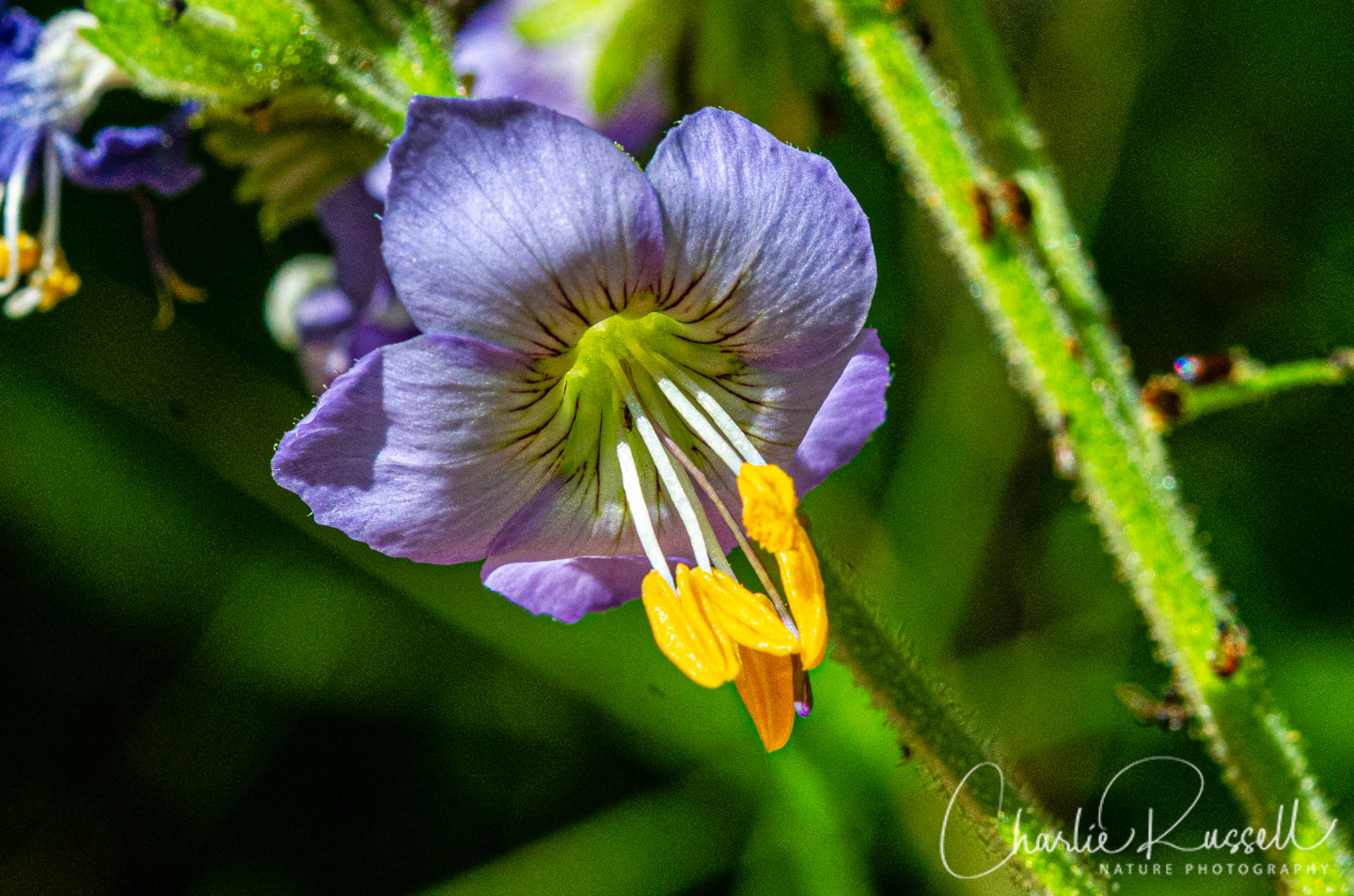
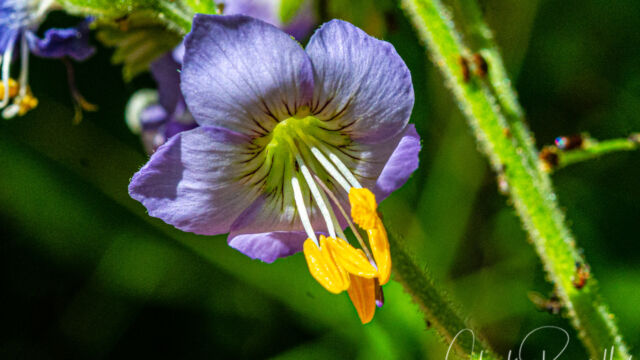

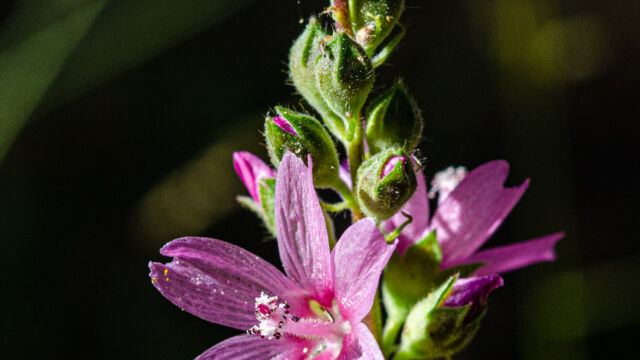
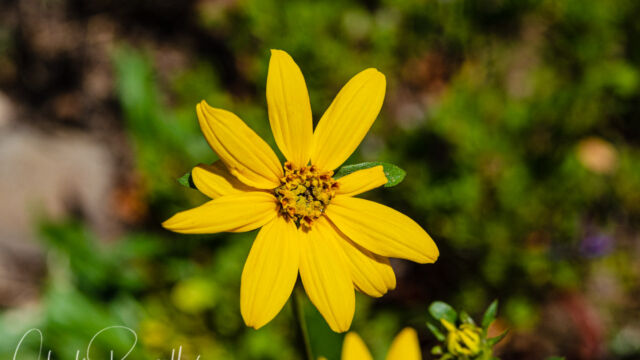
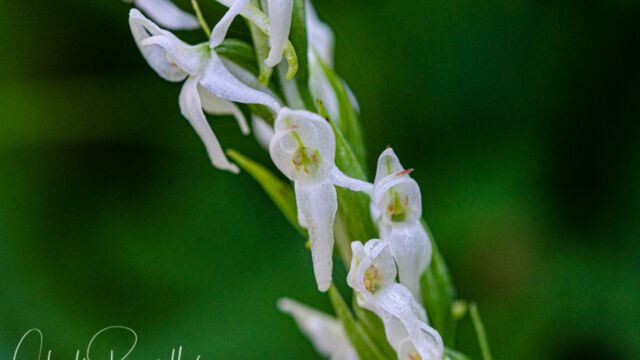
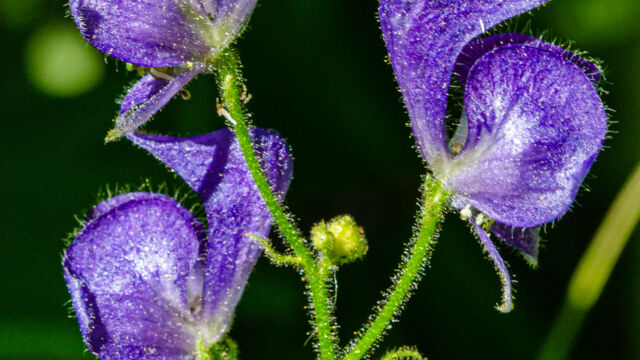
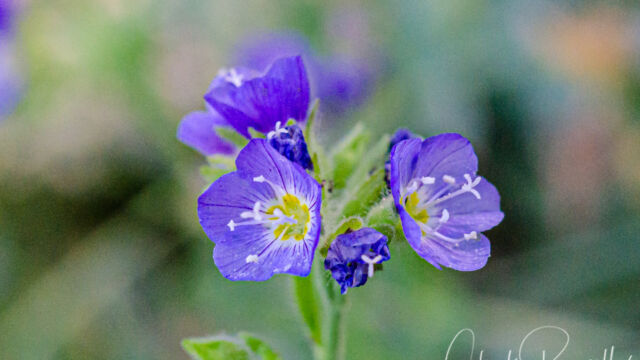
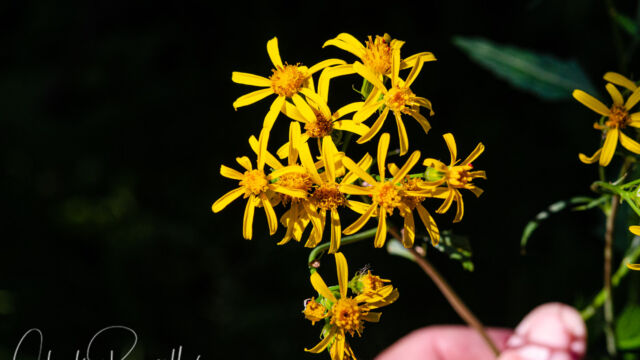
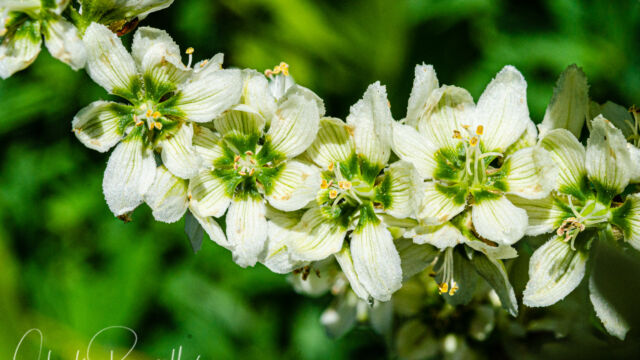
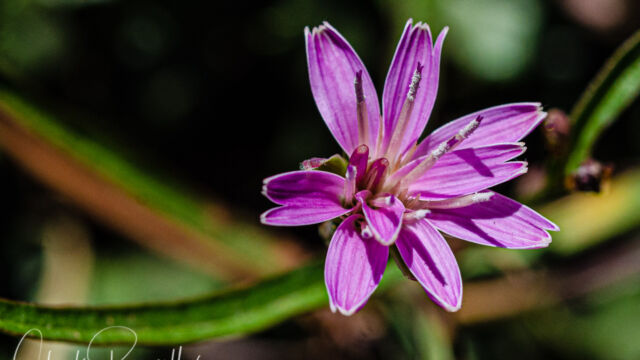
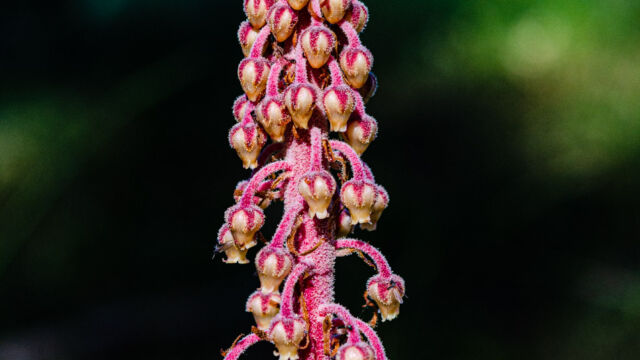
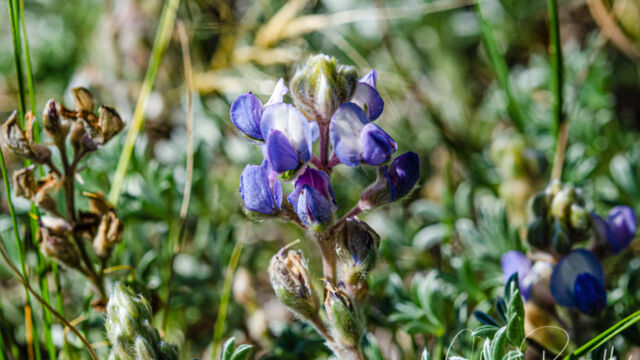
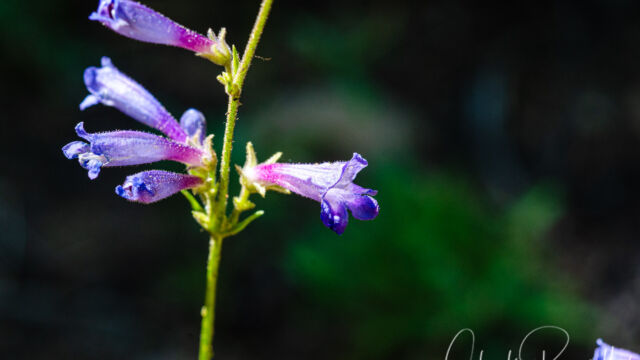
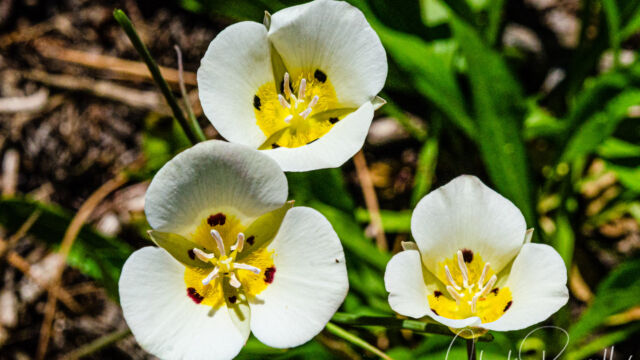
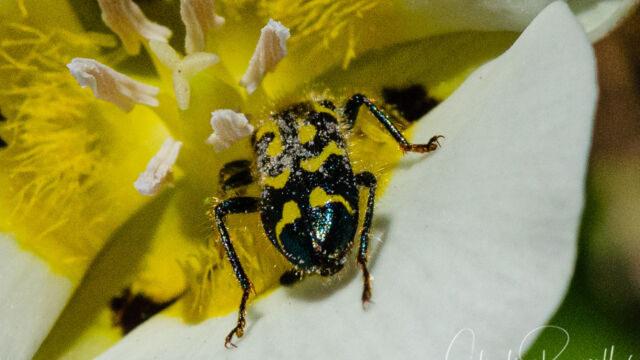




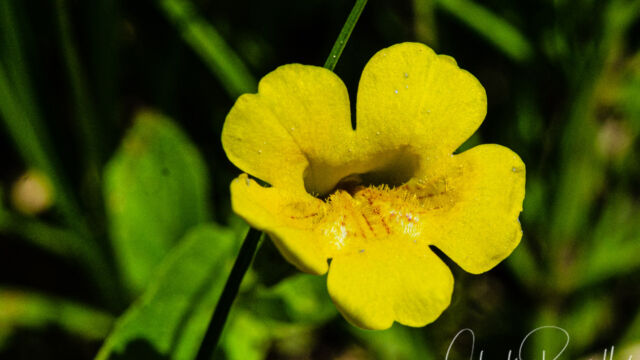
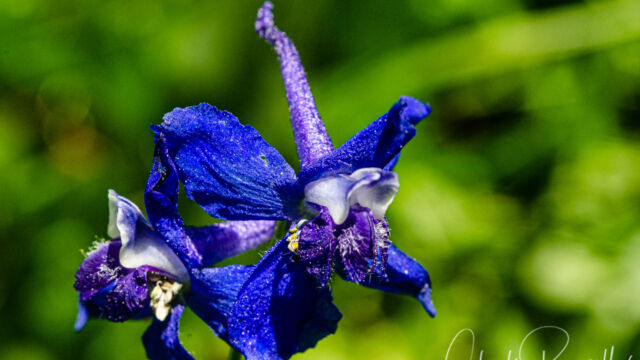
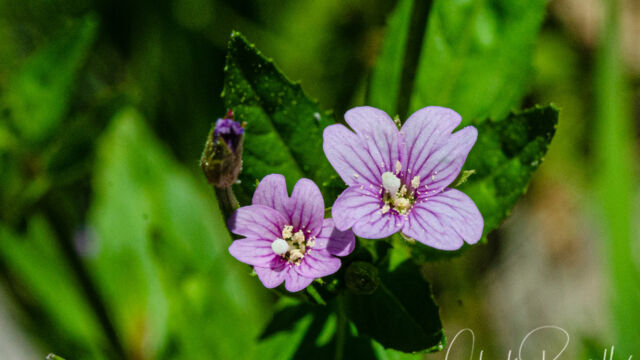
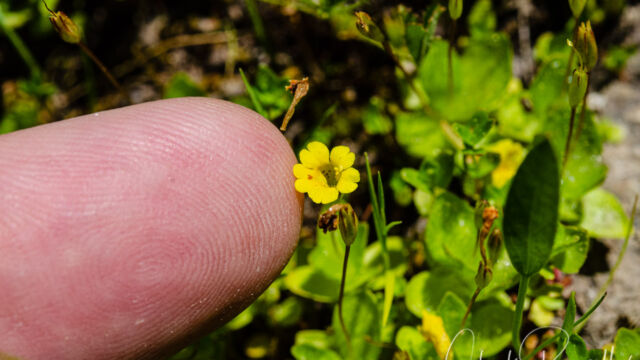

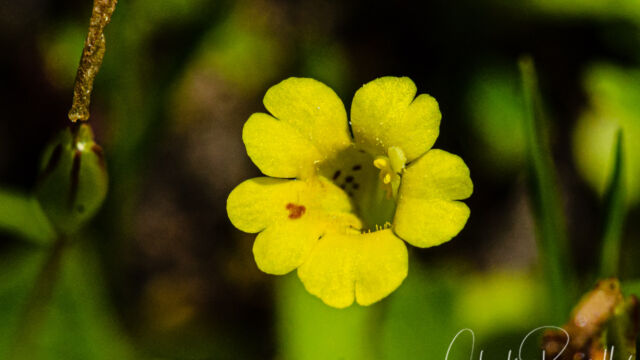
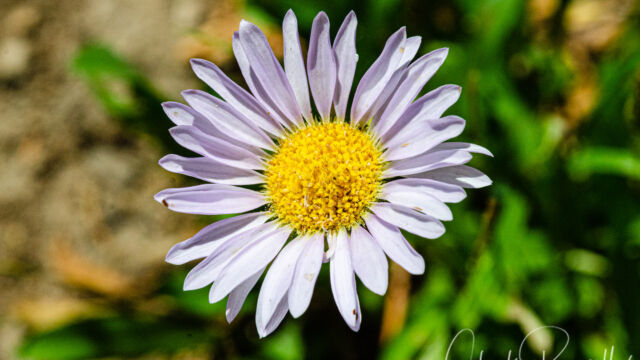
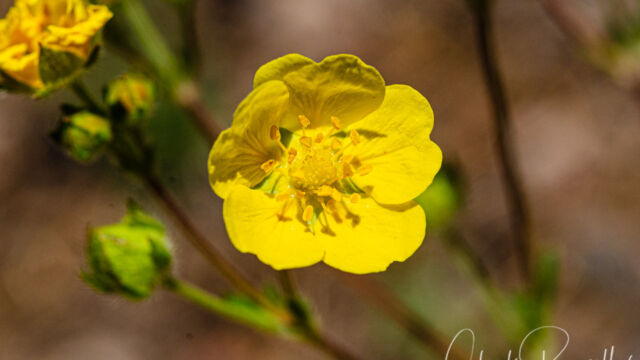

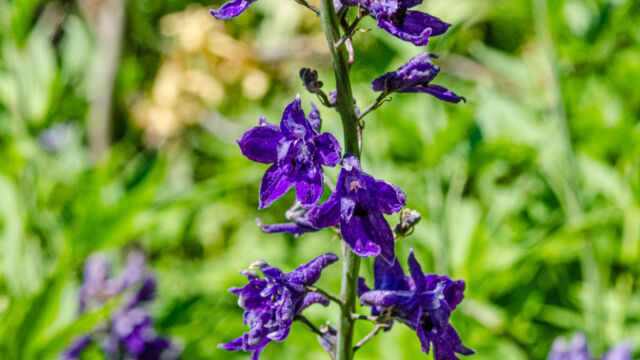

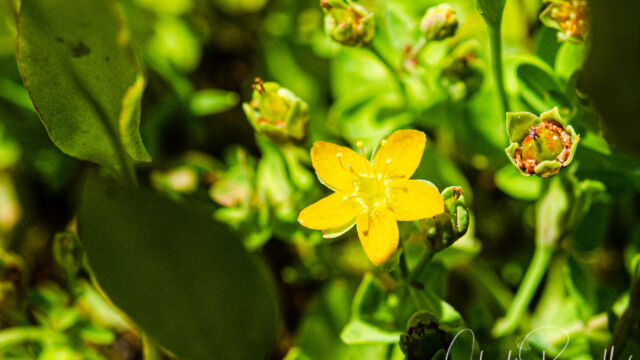
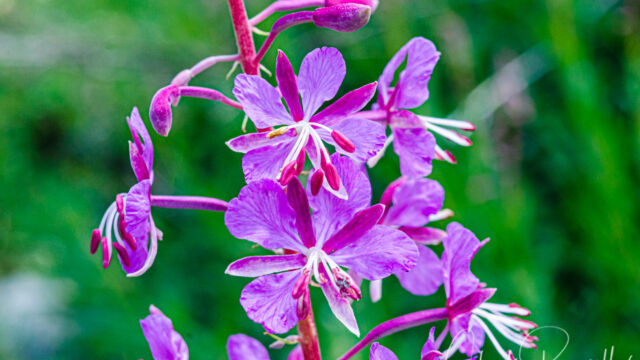

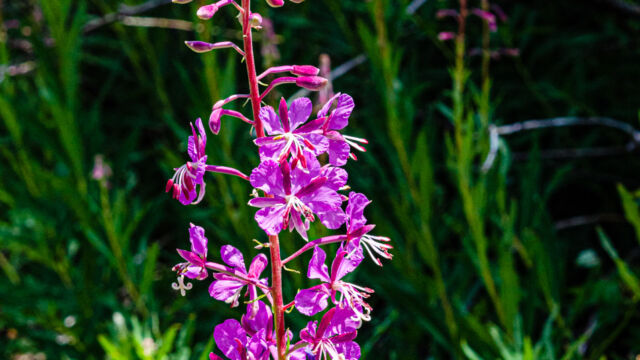
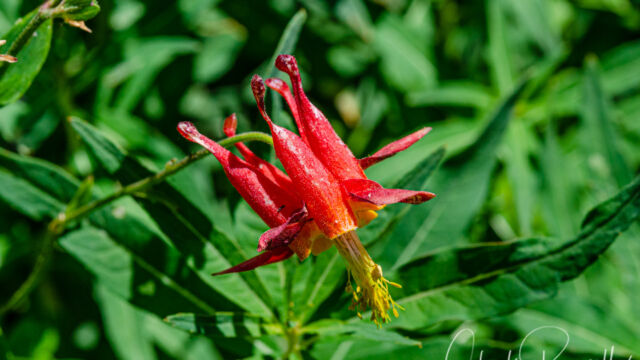
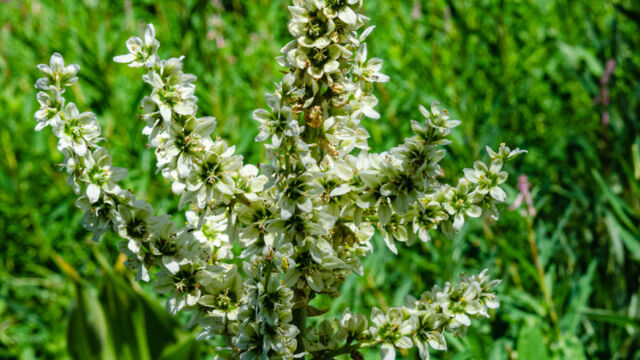
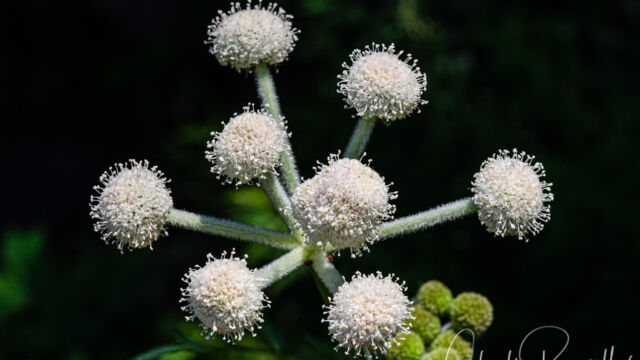

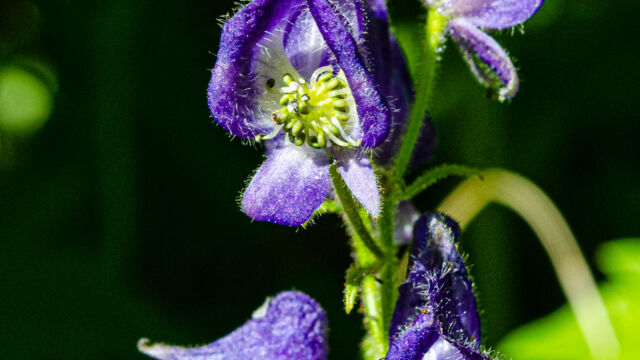
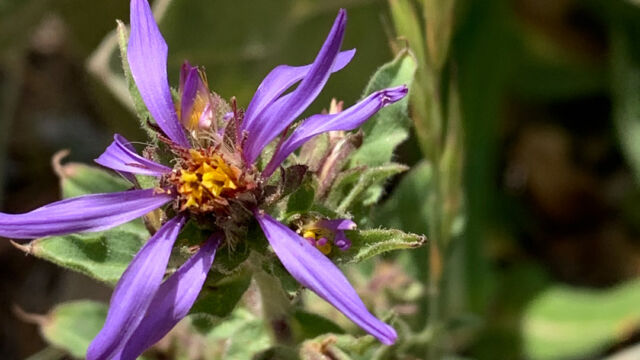
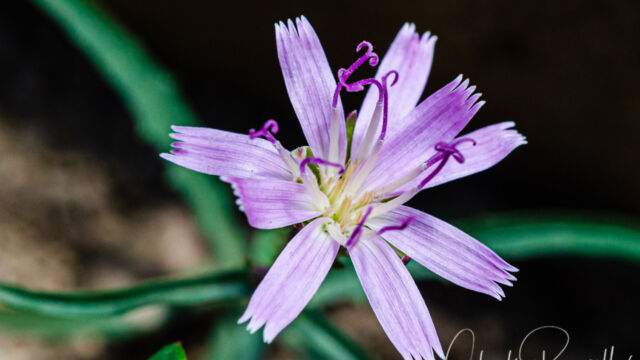
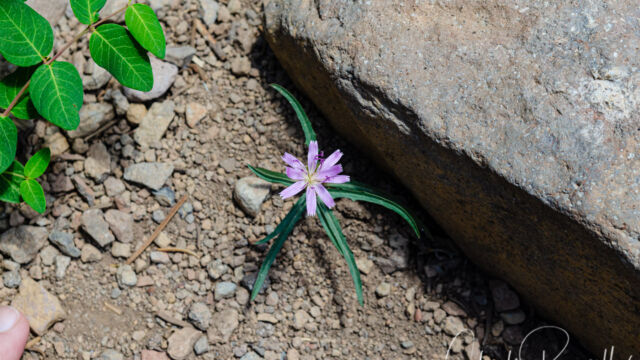
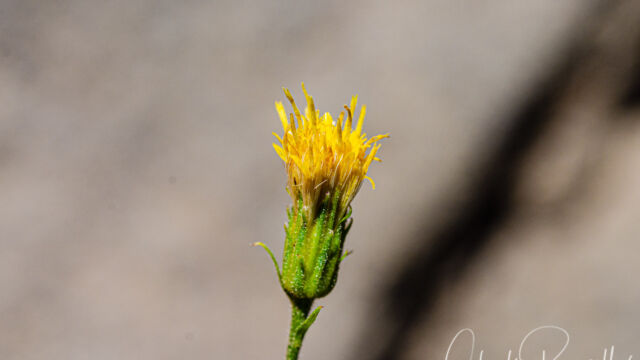
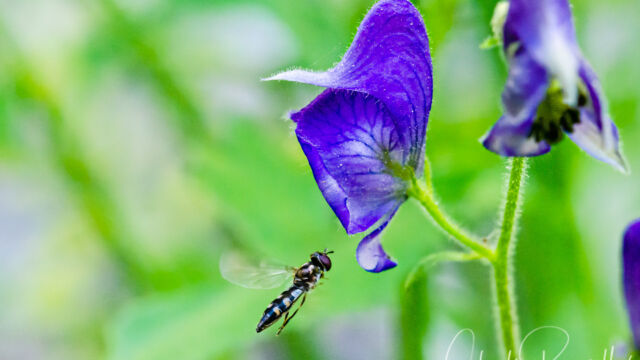
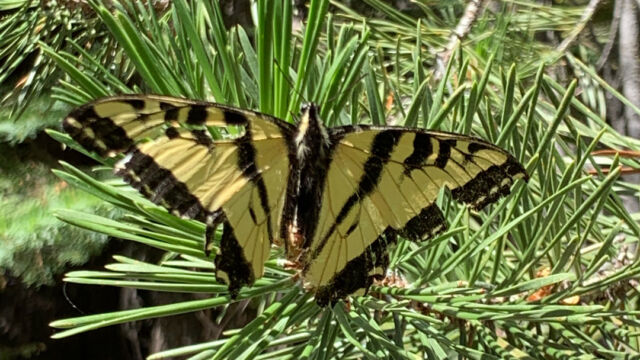
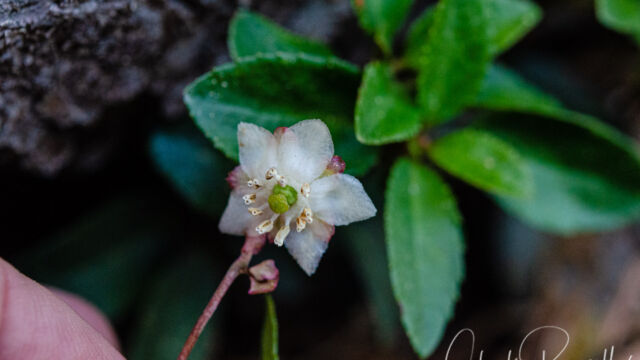
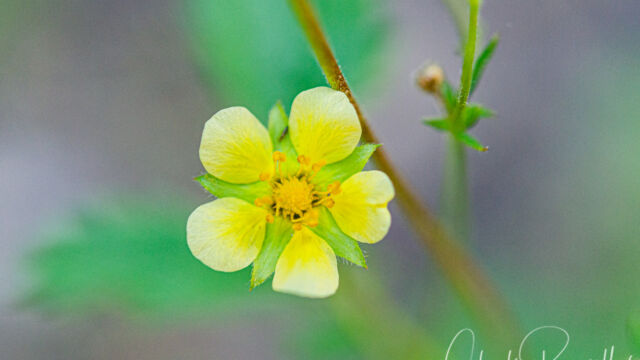
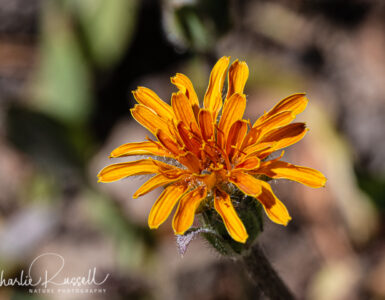
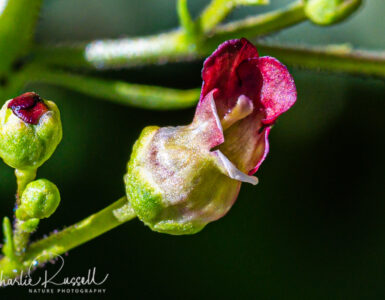
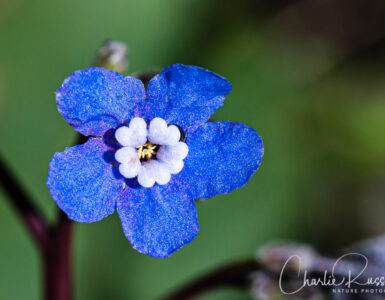
Add comment